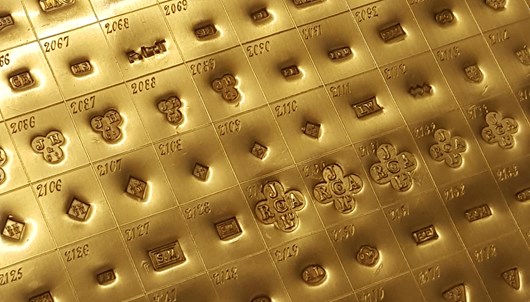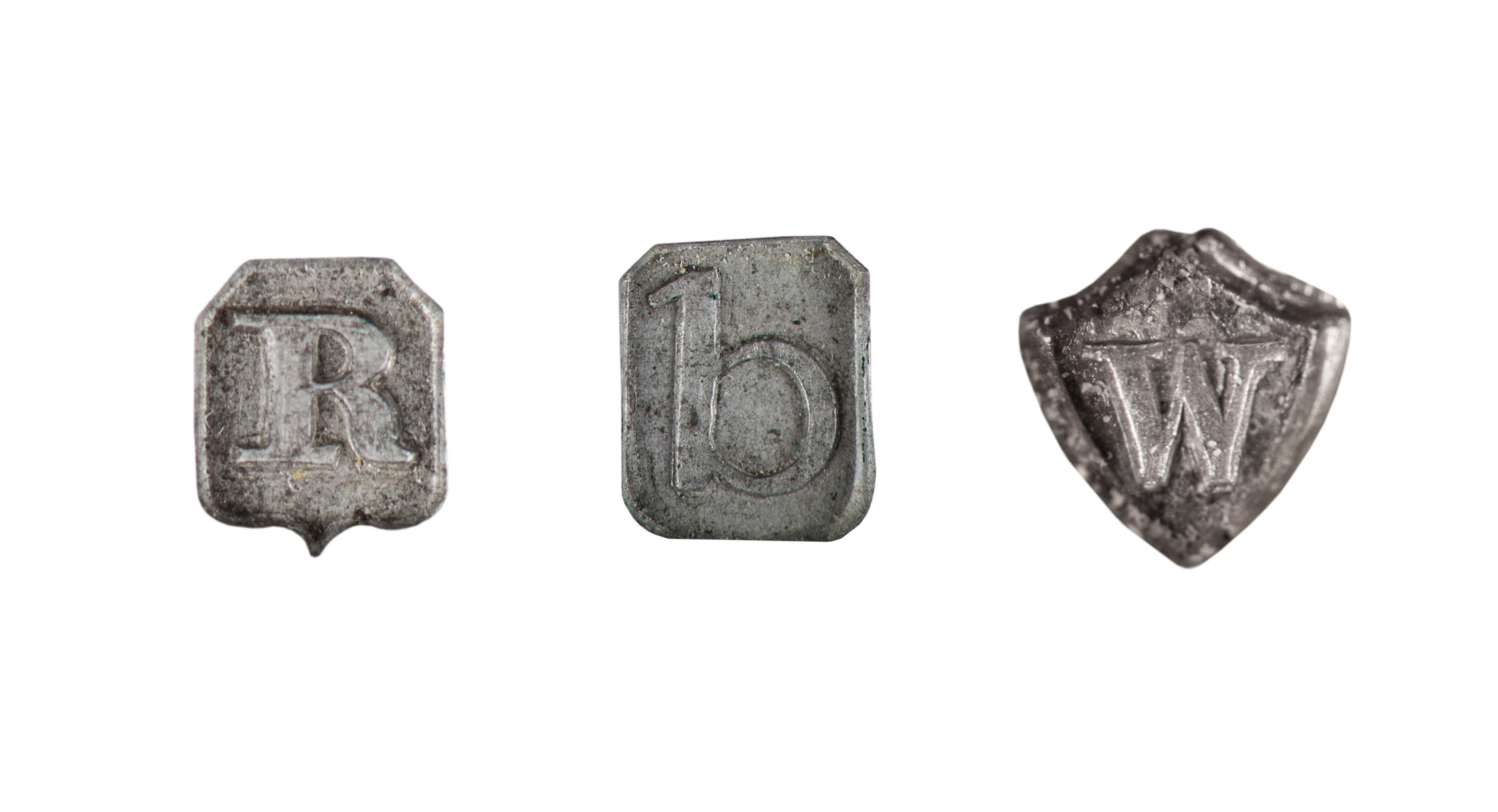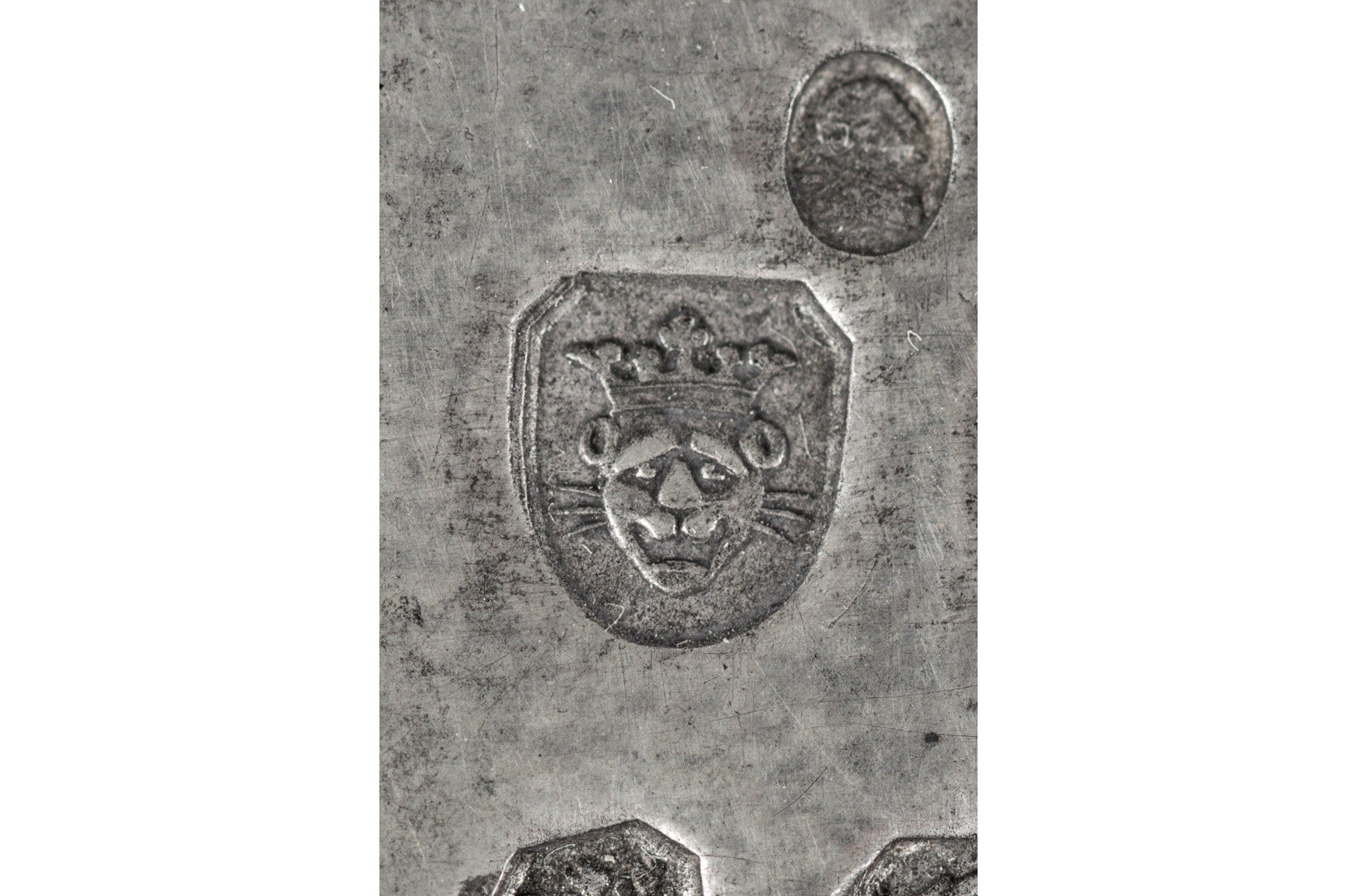Every Mark Matters
Hallmarks should answer three important questions: who, what and where. They can also tell you when a piece was hallmarked.
Read the What is a Hallmark? as an introduction to guide you in your scrutiny and tracing of hallmarks. Remember a hallmark:
- Consists of a series of marks applied to articles of the precious metals platinum, gold, palladium and silver
- Means that the article has been independently tested
- Guarantees that it conforms to all legal standards of purity (fineness)
- Guarantees provenance by telling us, as a minimum legal requirement, where the piece was hallmarked, what the article is made from, and who sent the article for hallmarking.




